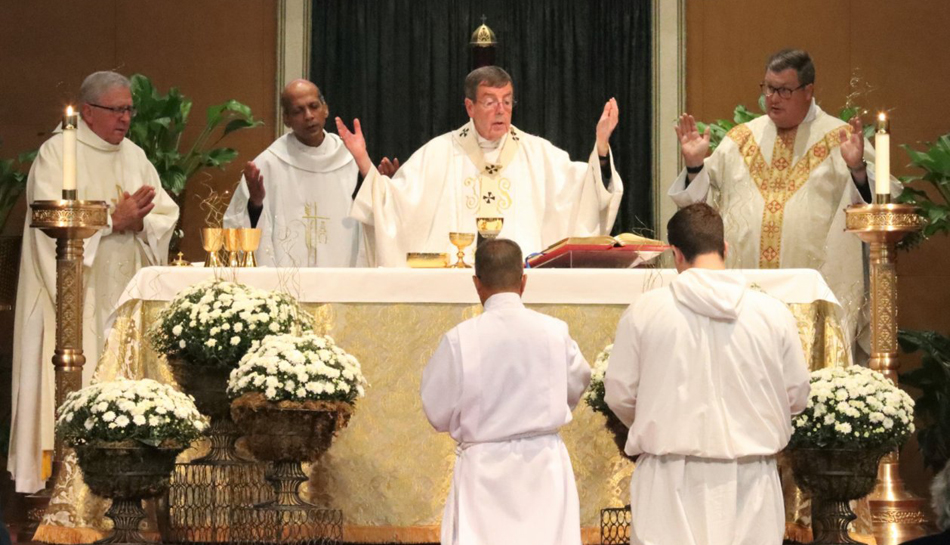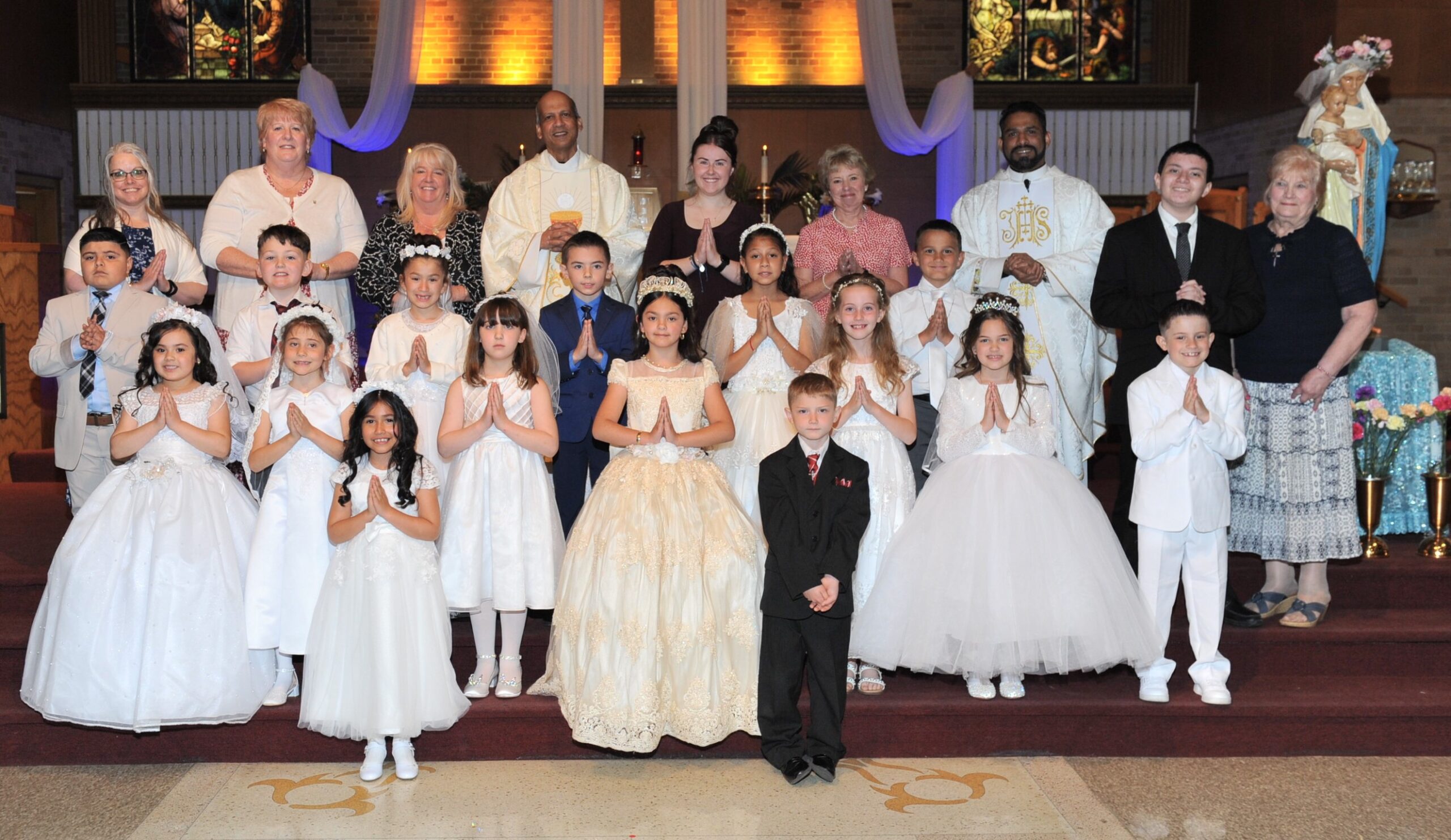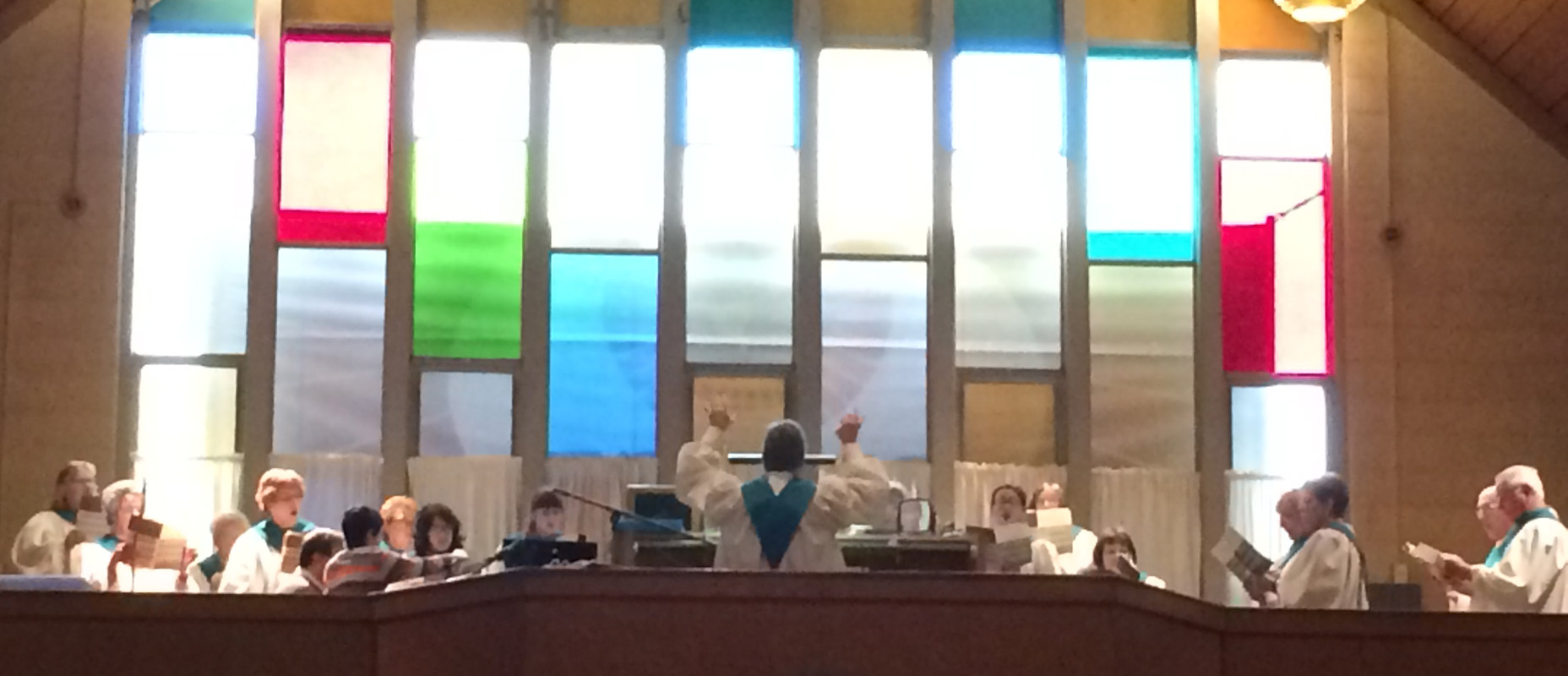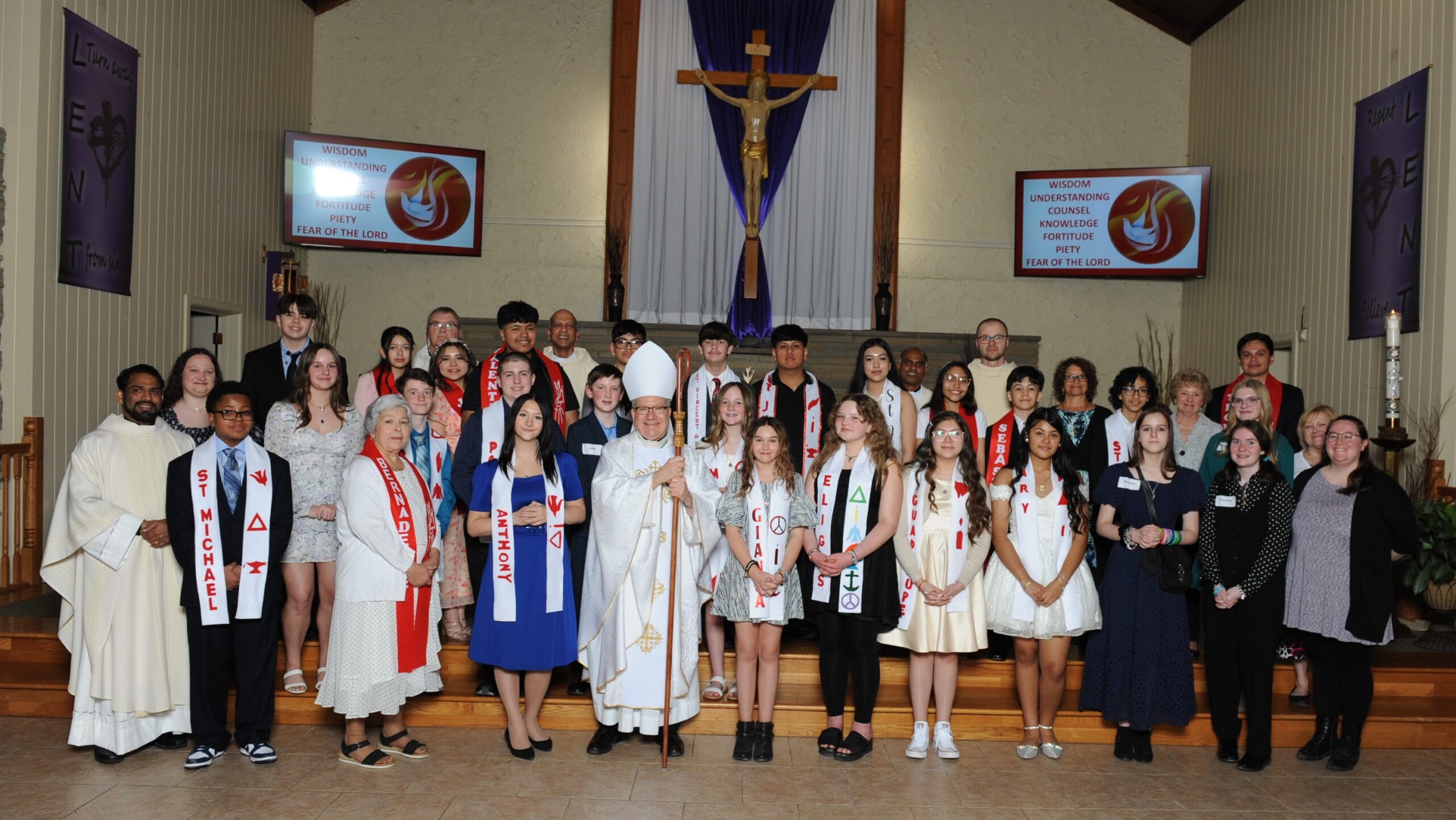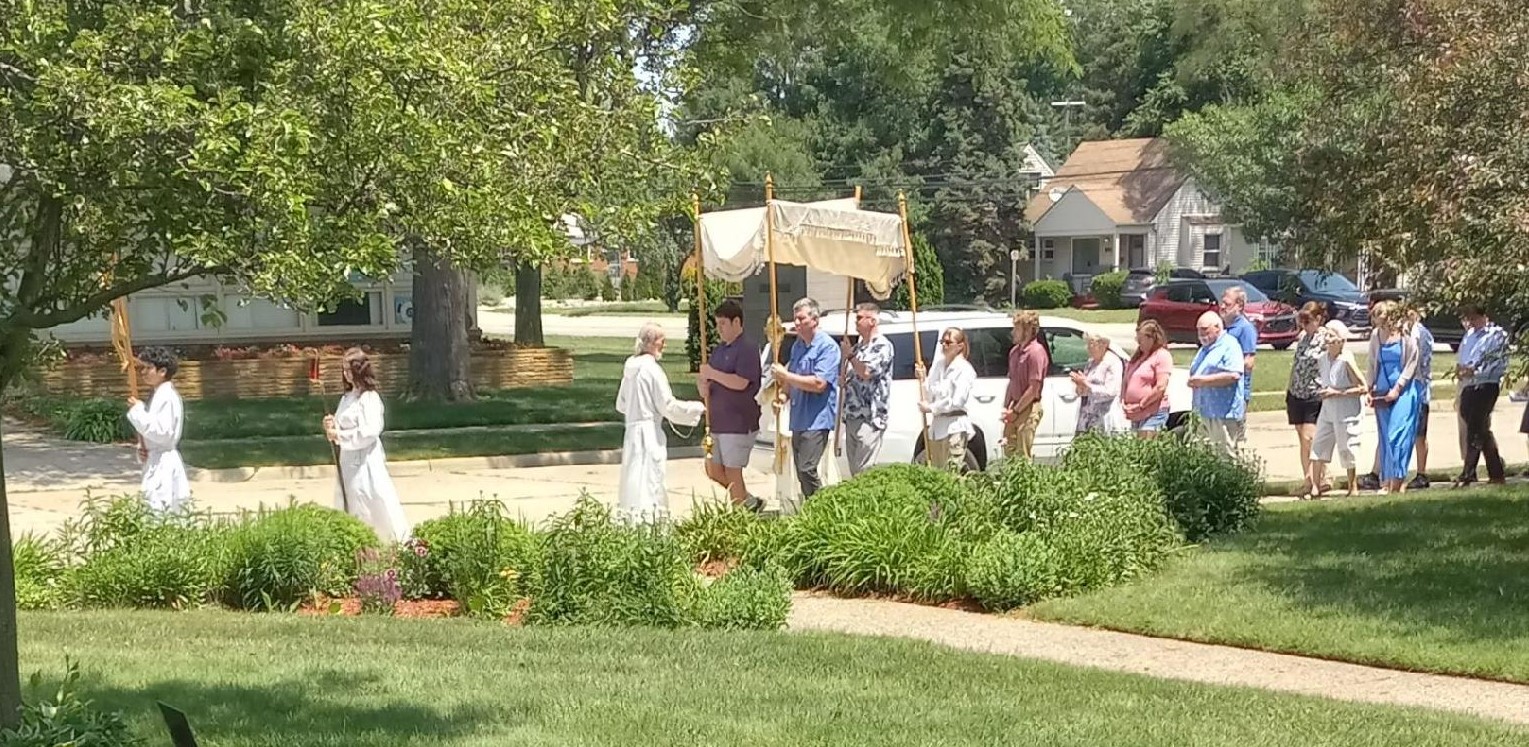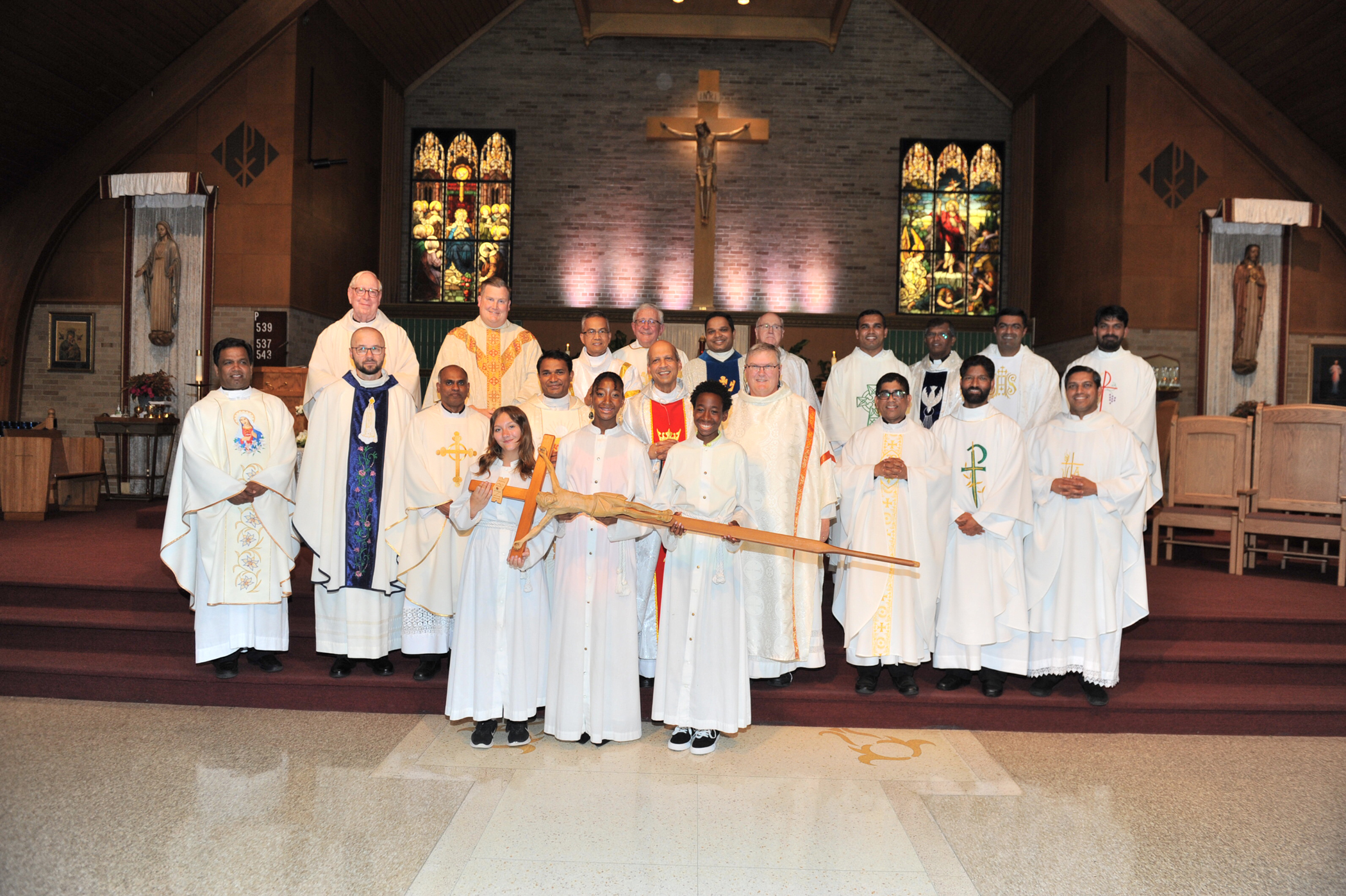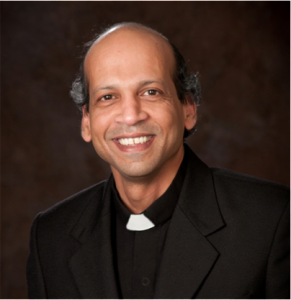 Today we are celebrating the Feast of Pentecost, one of the ancient feasts. It is celebrated early enough to be mentioned in the Acts of the Apostles 20:16 and St. Paul’s First Letter to the Corinthians 16:8. If we count both Easter and Pentecost, it is celebrated on the 50th day after Easter, and it succeeds the Jewish feast of Pentecost, which took place 50 days after the Passover.
Today we are celebrating the Feast of Pentecost, one of the ancient feasts. It is celebrated early enough to be mentioned in the Acts of the Apostles 20:16 and St. Paul’s First Letter to the Corinthians 16:8. If we count both Easter and Pentecost, it is celebrated on the 50th day after Easter, and it succeeds the Jewish feast of Pentecost, which took place 50 days after the Passover.
History
The Acts of the Apostles recounts the story of the original Pentecost (Acts 2). Jews from all over were gathered in Jerusalem to celebrate the Jewish feast. On that Sunday, ten days after the Ascension of Our Lord, the Apostles and the Blessed Virgin Mary were gathered in the Upper Room, where they had seen Christ after His Resurrection: And suddenly there came a sound from heaven, as of a mighty wind coming, and it filled the whole house where they were sitting. And there appeared to them parted tongues as it were of fire, and it sat upon every one of them: And they were all filled with the Holy Ghost, and they began to speak with divers tongues, according as the Holy Ghost gave them to speak.
The Birthday of the Church
That is why Pentecost is often called “the birthday of the Church.” On this day, with the descent of the Holy Spirit, Christ’s mission is completed, and the New Covenant is inaugurated. It’s interesting to note that St. Peter, the first pope, was already the leader and spokesman for the Apostles on Pentecost Sunday (see Acts 2:14ff).
In years past, Pentecost was celebrated with greater solemnity than it is today. In fact, the entire period between Easter and Pentecost Sunday was known as Pentecost (and it still is called Pentecost in the Eastern churches, both Catholic and Orthodox). During those 50 days, both fasting and kneeling were strictly forbidden, because this period was supposed to give us a foretaste of the life of Heaven. In more recent times, parishes celebrated the approach of Pentecost with the public recitation of the Novena to the Holy Ghost.
To end this, let us pause for a while and pray this prayer to the Holy Spirit: “Come, Holy Spirit, fill the hearts of your faithful and enkindle in them the fire of your love. Send forth your Spirit and they shall be created and you shall renew the face of the earth.”
Solemnity of the Most Holy Body and Blood of Christ
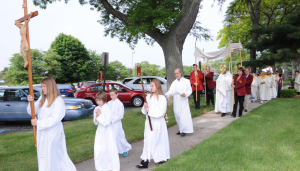 On May 28/29 weekend we will be celebrating the Solemnity of the Most Holy Body and Blood of Christ – This year on this solemn feast we will be having a procession with the Eucharist after the 12:00 noon Mass. I would like to encourage as many as possible to take part in this celebration. This is a time when we as faithful Catholics can show our love for Christ in the Real Presence by honoring Him in a very public way. It is also a wonderful way in which we can show our love for our neighbors by bringing Our Lord and Savior closer to them. So many conversions are a result of Eucharistic Adoration experienced from inside the Church. How many more there would be if we could reach those who only drive by the church by demonstrating our love for the Eucharist, by devoutly taking part in this procession. Children who have received their First Communion this year are encouraged to attend in their suits and dresses. It will be even nice to have as many altar servers dress up in their altar servers robes. Please join me in making this solemn procession a very important occasion for our parish.
On May 28/29 weekend we will be celebrating the Solemnity of the Most Holy Body and Blood of Christ – This year on this solemn feast we will be having a procession with the Eucharist after the 12:00 noon Mass. I would like to encourage as many as possible to take part in this celebration. This is a time when we as faithful Catholics can show our love for Christ in the Real Presence by honoring Him in a very public way. It is also a wonderful way in which we can show our love for our neighbors by bringing Our Lord and Savior closer to them. So many conversions are a result of Eucharistic Adoration experienced from inside the Church. How many more there would be if we could reach those who only drive by the church by demonstrating our love for the Eucharist, by devoutly taking part in this procession. Children who have received their First Communion this year are encouraged to attend in their suits and dresses. It will be even nice to have as many altar servers dress up in their altar servers robes. Please join me in making this solemn procession a very important occasion for our parish.

